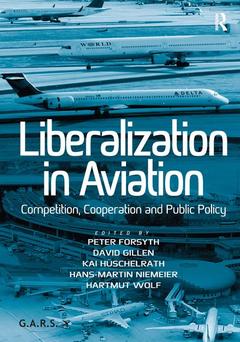Peter Forsyth has been Professor of Economics at Monash University since 1997. His research has been on applied microeconomics, with particular reference to the economics of air transport, tourism economics and of regulation. He has recently published a jointly edited book on Airport Competition the European Experience, Ashgate. Recent work has involved using computable general equilibrium models to assess the economic impacts of tourism, including events, and in analysing tourism and aviation policy issues. David Gillen is YVR Professor of Transportation Policy in the Sauder School of Business and Director Centre for Transportation Studies, University of British Columbia. In addition he is Research Economist at the Institute of Transportation Studies at the University of California, Berkeley. David has published more than 100 books, technical reports, journal papers, conference presentations and other articles in various areas of transportation economics, including airline competition and industry structure, airport economics and noise externalities, and transportation policy in Canada and the United States. Kai Hüschelrath is Senior Researcher in the Department of Industrial Economics and International Management at ZEW Centre for European Economic Research in Mannheim, Germany. In addition he is Assistant Professor for Industrial Organization and Competitive Strategy at WHU Otto Beisheim School of Management in Vallendar, Germany. His research focuses on various areas of competition policy and competitive strategy including market definition, collusive practices, mergers and market entry. Hans-Martin Niemeier is Director of the Institute for Transport and Development of the Bremen University of Applied Sciences and Chairman of the German Aviation Research Society. He is known for his work on airport privatization, regulation and performance of European airports. A former airport regulator, he has previously conducted studies on the market power of Amsterdam air




